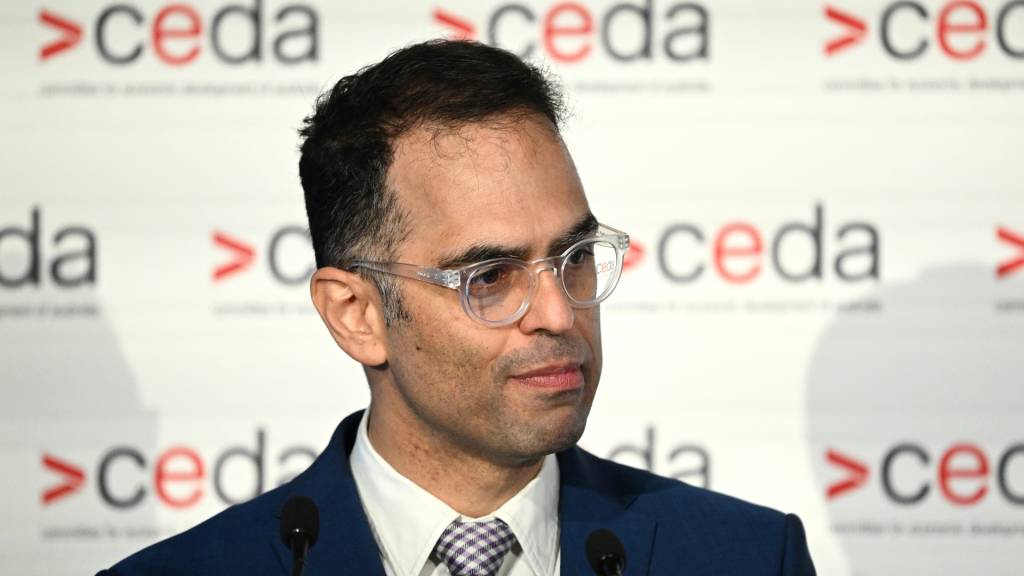The NSW government has agreed to an offer to increase the wages of more than 50,000 health workers by 8.5% over two years.
From July 1 2025, staff including allied health workers, hospital cleaners, scientists, security officers, and patient transport officers will receive a pay increase of 4.0% plus 0.5% in superannuation.
Another 4% increase will be awarded from 1 July 2026.
NSW Treasurer Daniel Mookhey announced the deal with the Health Services Union (HSU) on Monday, noting the final offer was consistent with the government’s new ‘fair pay and bargaining’ policy.
“This offer… is a major next step in repairing our state’s healthcare,” Mookhey said.
Essential reading for Australia’s public service.
Stay ahead of policy shifts, leadership moves, and the big ideas shaping the public service. Sign up to The Mandarin’s free newsletters.
By continuing, you agree to our Terms & Conditions and Privacy Policy.
“These allied health workers, hospital cleaners, scientists, security officers, patient transport officers and others play a crucial role in giving the people of NSW the care they expect.
“The government continues to invest in our state’s essential services by ensuring certainty for the people who provide them, and for the people who rely on them.”
Expanded benefits under the new deal range from a reduction in the number of days (from five to three) before a worker can claim payment of higher-grade duties; a longer lead time to give notice for roster changes (from two to four weeks); and longer rest periods between rostered shifts (from eight to 10 hours).
The final offer also reflects significant reforms to NSW Health Awards covered by the HSU.
Health minister Ryan Park said the deal was part of a comprehensive and longterm repair plan for healthcare in the state.
Rebuilding essential services began with re-investing in the workers who delivered them, he said.
“We abolished the wages cap and established a new bargaining framework.We are working to fix recruitment and retention,” Park said.
“More health staff, lower wait times, better health outcomes – it’s as simple as that.”

